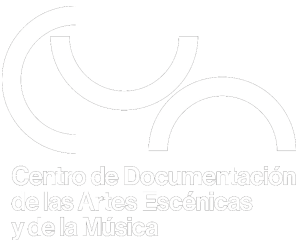Mozart and the Moravians/ Sarah Eyerly
Tipo de material: ArtículoDetalles de publicación: London; Oxford: Oxford University Press, 2019Descripción: páginasTipo de contenido:
ArtículoDetalles de publicación: London; Oxford: Oxford University Press, 2019Descripción: páginasTipo de contenido: - Texto (visual)
- sin mediación
Beginning in the 1730s, members of the German Moravian church established a transnational network of mission communities across the Atlantic world. Moravian missions were polyglot communities, variously populated by German, English, Delaware, Mohican, Arawak and Inuit Christians. Moravian sacred music reflected this racial, ethnic and linguistic diversity, and vocal works were often performed in several different languagues, depending on the background of the performers and listeners. This article investigates the Moravian contrafacts of Mozart compositions such as "Ave verum corpus", shedding light on the role of indigenous musicians in making such adaptations. Multi-lingual, transcultural musical creation like this involved a process of negotiation between missionaries and indigenous Christians. The complexity of these negotiations is suggested by the modern-day performance practices of Inuit Moravian musicians in coastal Labrador, where contrafacts of European-derived music such as "Ave verum corpus" have been performed since the early 19th century.
No hay comentarios en este titulo.

